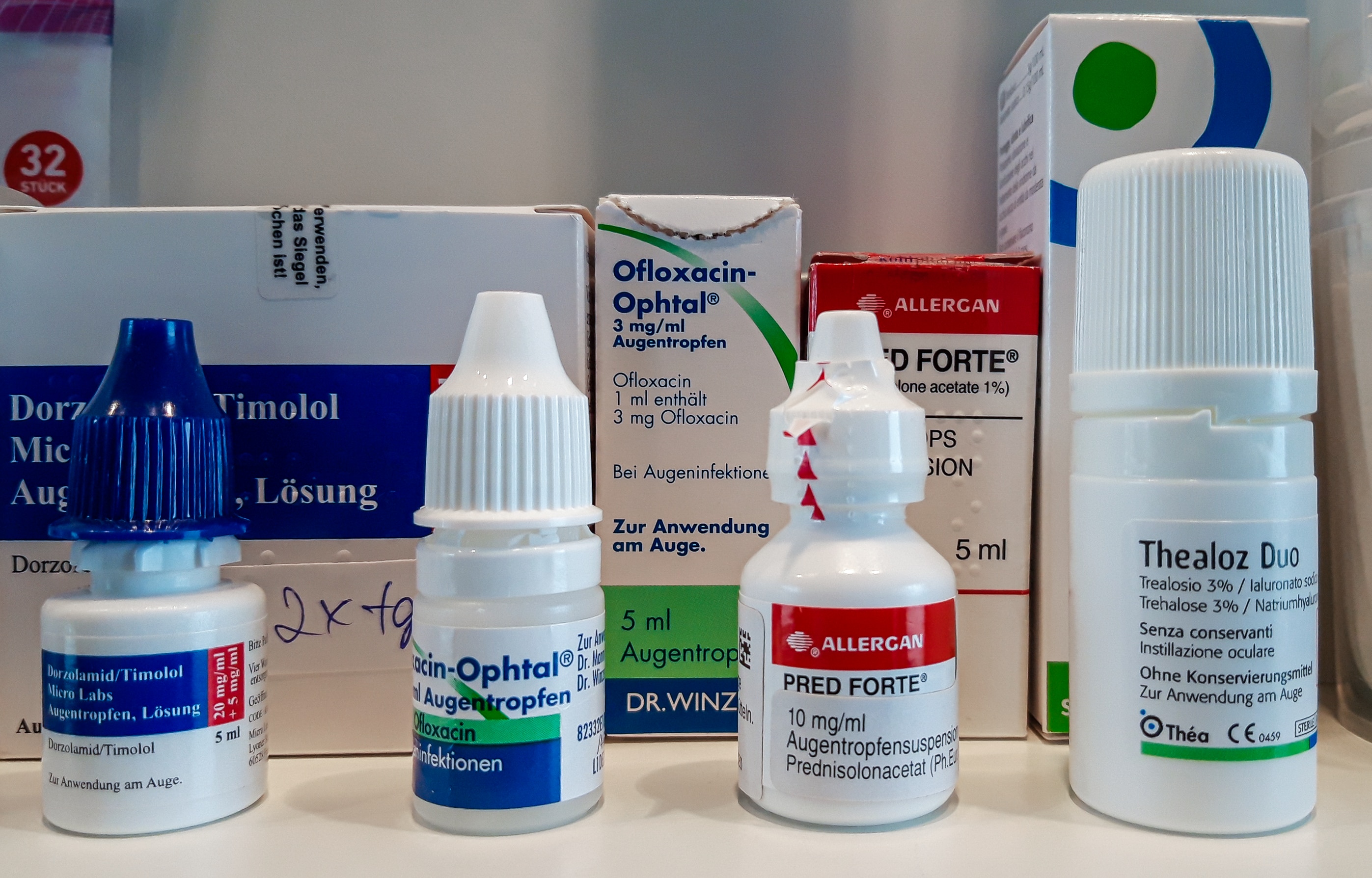| name | Prednisolone |
| classification | Glucocorticoid, Corticosteroid |
| pharmacokinetics | | absorption | Rapidly absorbed from the gastrointestinal tract. | | distribution | Distributed throughout the body, readily crossing cell membranes. | | metabolism | Primarily metabolized in the liver. | | excretion | Excreted primarily in the urine as metabolites. |
|
| suggested dosage | | note | Dosage depends significantly on the reason for use and severity of the condition. Always follow the prescription from your doctor and never adjust the dosage yourself. | | example for some uses | | 1 | | condition | Mild inflammatory condition | | dosage | 2.5-10 mg daily |
| | 2 | | condition | Severe inflammatory condition | | dosage | 20-60mg daily (or more in acute cases) |
|
| | specific guidelines | Consult a physician for the appropriate dose tailored to your specific condition. |
|
| indications | | 1 | Inflammatory conditions (e.g., rheumatoid arthritis, lupus, inflammatory bowel disease) | | 2 | Allergic reactions (e.g., severe asthma, allergic dermatitis) | | 3 | Autoimmune disorders | | 4 | Certain cancers | | 5 | Eye conditions | | 6 | Severe infections | | 7 | Certain skin conditions |
|
| safety in pregnancy | | general statement | Prednisolone can be used during pregnancy in specific situations, but only under the supervision and advice of an obstetrician or specialist. Increased monitoring is crucial. | | potential risks | | 1 | Potential for fetal growth restriction | | 2 | Adrenal insufficiency in the newborn if high doses are used close to delivery | | 3 | Increased risk of premature closure of the ductus arteriosus in the fetus |
| | importance | Risk-benefit evaluation is essential, and the specific situation needs careful consideration. |
|
| safety in breastfeeding | | general statement | Prednisolone is excreted in breast milk, although potential effects on the infant are generally considered minimal at low doses. | | cautions | Consult your doctor if breastfeeding to discuss potential risks and benefits of treatment. | | importance | Monitor for any signs of adverse effects in the infant. |
|
| side effects | | 1 | Increased appetite and weight gain | | 2 | Mood changes | | 3 | Insomnia | | 4 | Headache | | 5 | Fluid retention | | 6 | Gastric upset (nausea, vomiting, heartburn) | | 7 | Hyperglycemia | | 8 | Osteoporosis | | 9 | Cushingoid syndrome (moon face, buffalo hump) | | 10 | Peptic ulcers | | 11 | Susceptibility to infections | | 12 | Slow wound healing |
|
| alternatives | |
| contraindications | | 1 | Hypersensitivity to prednisolone or related steroids | | 2 | Active peptic ulcer | | 3 | Systemic fungal infections | | 4 | Tuberculosis (in some cases) |
|
| interactions | | 1 | Other corticosteroids | | 2 | Non-steroidal anti-inflammatory drugs (NSAIDs) | | 3 | Certain diuretics | | 4 | Immunosuppressants | | 5 | Certain medications for diabetes | | 6 | Some antibiotics | | 7 | Some vaccines |
|
| warnings and precautions | | 1 | Long-term use may lead to serious side effects. Regular monitoring is crucial. | | 2 | Tapering doses should be used when stopping treatment to avoid adrenal insufficiency | | 3 | Patients with diabetes should be closely monitored for glucose control. | | 4 | Monitor for signs of infection. |
|
| additional informations | | 1 | Prednisolone is a potent anti-inflammatory and immunosuppressive agent. | | 2 | Avoid exposure to stress and infection during prednisolone treatment. | | 3 | Always take prednisolone as prescribed and maintain regular medical follow-up. |
|
| patient profile | |

